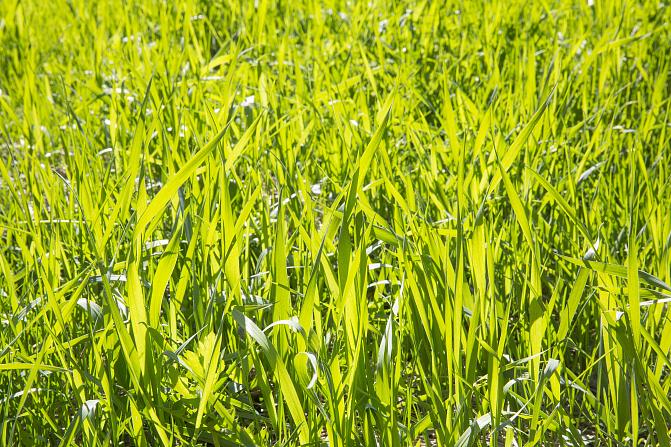
Greenhouse gas emissions from agriculture
On this page
Greenhouse gases released as a result of agricultural activities are carbon dioxide, methane and nitrous oxide. These are released from a number of different sources and production phases. The highest volume of greenhouse gases is released from the soil and the digestive system of domestic animals. In addition, manure handling and liming cause greenhouse gas emissions. The aim is to reduce greenhouse gas emissions from agriculture.
In the agricultural sector, greenhouse gas emissions have decreased by 20 per cent between 1990 and 2023, but there have been no significant changes in emissions levels in the 2000s. Agriculture accounts for roughly 15 per cent of all greenhouse gas emissions.
The goal set for the agricultural sector was to reduce emissions by 13 per cent from the 2005 level by 2020. Actions directed at peat soil cultivation would be the most effective way to reduce emissions.
Allow functional cookies to show the embedded graph.
Data collection
Description of the indicator
The indicator measures greenhouse gas emissions from Finnish agriculture, and it helps to monitor the volume of greenhouse gas emissions from agriculture and their proportion of total emissions.
Information about greenhouse gas emissions is reported annually to the UN Framework Convention on Climate Change. Statistics Finland acts as Finland's national inventory unit. The inventory of greenhouse gas emissions is based on data collected and calculated by Statistics Finland, the Finnish Environment Institute and Luke.
The indicator of greenhouse gas emissions from agriculture is one of the CAP impact indicators.
The indicator will next be updated in spring 2026.
